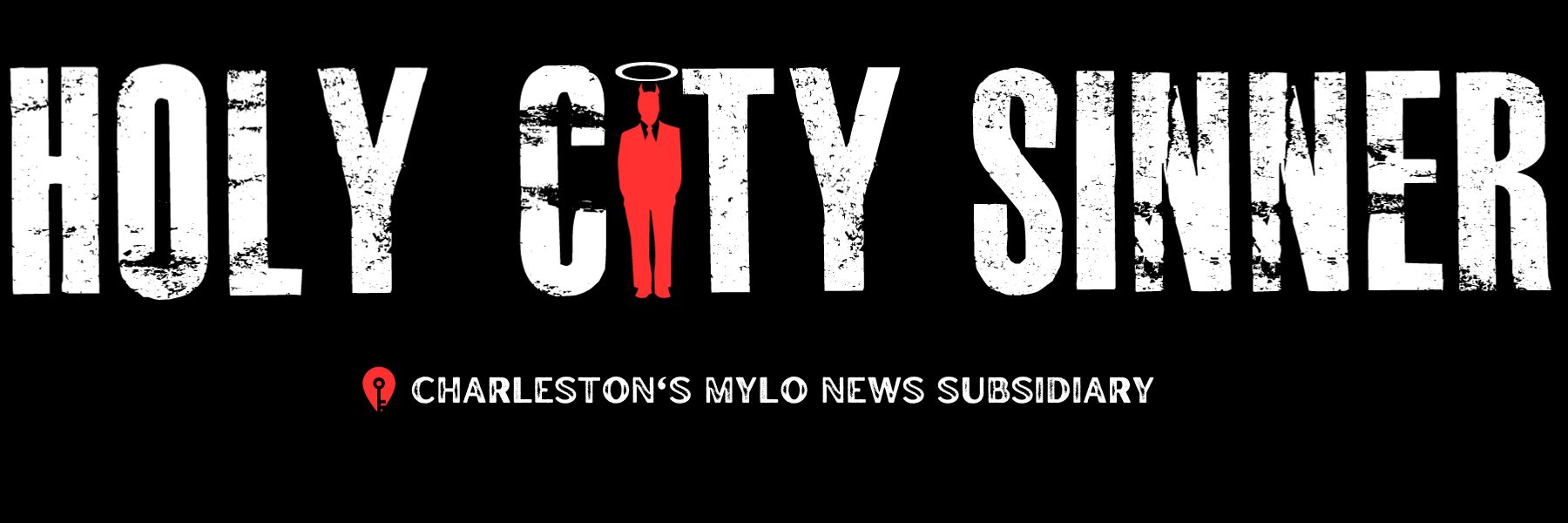WalletHub recently updated its study on the States Whose Weekly Unemployment Claims Are Recovering the Quickest and South Carolina ranked as having the tenth fastest – down from fifth in the previous update.
To identify which states' workforces are experiencing the quickest recovery from COVID-19, WalletHub compared the 50 states and the District of Columbia across three metrics based on changes in unemployment claims. Below, you can see highlights from the report, along with a WalletHub Q&A.
Change in South Carolina Weekly Unemployment Claims (1=Quickest Recovery, 25=Avg.):
To view the full report and your state's rank, click here.
WalletHub Q&A
Are Americans more concerned about unemployment or about COVID-19?
“Around 35 percent of Americans say COVID-19 is the biggest problem facing the U.S., compared to 3 percent who say unemployment, which shows that Americans are more focused on the pandemic,” said Jill Gonzalez, WalletHub analyst. “It's important to remember that COVID-19 is the ultimate source of our unemployment problems, as we had record low unemployment before the pandemic which jumped to a nearly historic high due to business closures. The sooner we contain the pandemic, the sooner the employment market can recover.”
What measures can we use to detect/trace COVID-19 in the workplace to prevent outbreaks that will lead to more unemployment?
“In order to prevent outbreaks of COVID-19 in the workplace that will lead to more unemployment, we should implement testing upon arrival as well as use apps to perform swift contact tracing for any employees found to have the virus,” said Jill Gonzalez, WalletHub analyst. “The problem with current COVID-19 testing is that in order to preserve accuracy it is expensive and slow. For workplaces and public spaces like airports, we need to have cheap, near-instant tests available for mass testing, even if they are not quite as accurate. Such tests are in development but need FDA approval.”
How will unemployment be impacted if schools only hold remote learning this fall?
“If schools only provide remote learning this fall, we could see a jump in unemployment. Young children will need supervision during the day, and parents who are unable to do their job remotely may be forced to take a leave from work to provide that supervision,” said Jill Gonzalez, WalletHub analyst. “Forcing parents to stay home could be especially devastating financially for single-parent households. To avoid a spike in unemployment, we should create a detailed plan for having in-person learning while providing a high level of safety for students and teachers, which will allow us to minimize negative consequences for both public health and the economy.”
How is the wearing of masks linked to unemployment?
“Wearing masks helps prevent the release of droplets from the mouth or nose that may contain COVID-19, which consequently can help minimize the spread of the virus. Countries with more prevalent mask wearing have been less impacted by coronavirus, so mandating the use of masks in public may help us proceed to a full reopening sooner,” said Jill Gonzalez, WalletHub analyst. “Consumers are more comfortable going out when they know everyone will be wearing masks, according to a recent WalletHub survey, and greater confidence leads to more people leaving the house and supporting businesses again.”
How do red states and blue states compare when it comes to recovery?
“With an average rank of 25 among the most recovered states, blue states had a better recovery from unemployment claims last week than red states, which rank 27 on average,” said Jill Gonzalez, WalletHub analyst. “The lower the number of the ranking, the bigger the state's recovery was.”
How has unemployment in California – the state with the most COVID-19 cases – recovered?
“California's unemployment claims have experienced the 5th slowest recovery in the U.S. For the week of August 31, California had 237,516 new unemployment claims, a 78% decrease from the peak during the coronavirus pandemic,” said Jill Gonzalez, WalletHub analyst.


